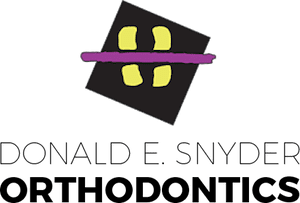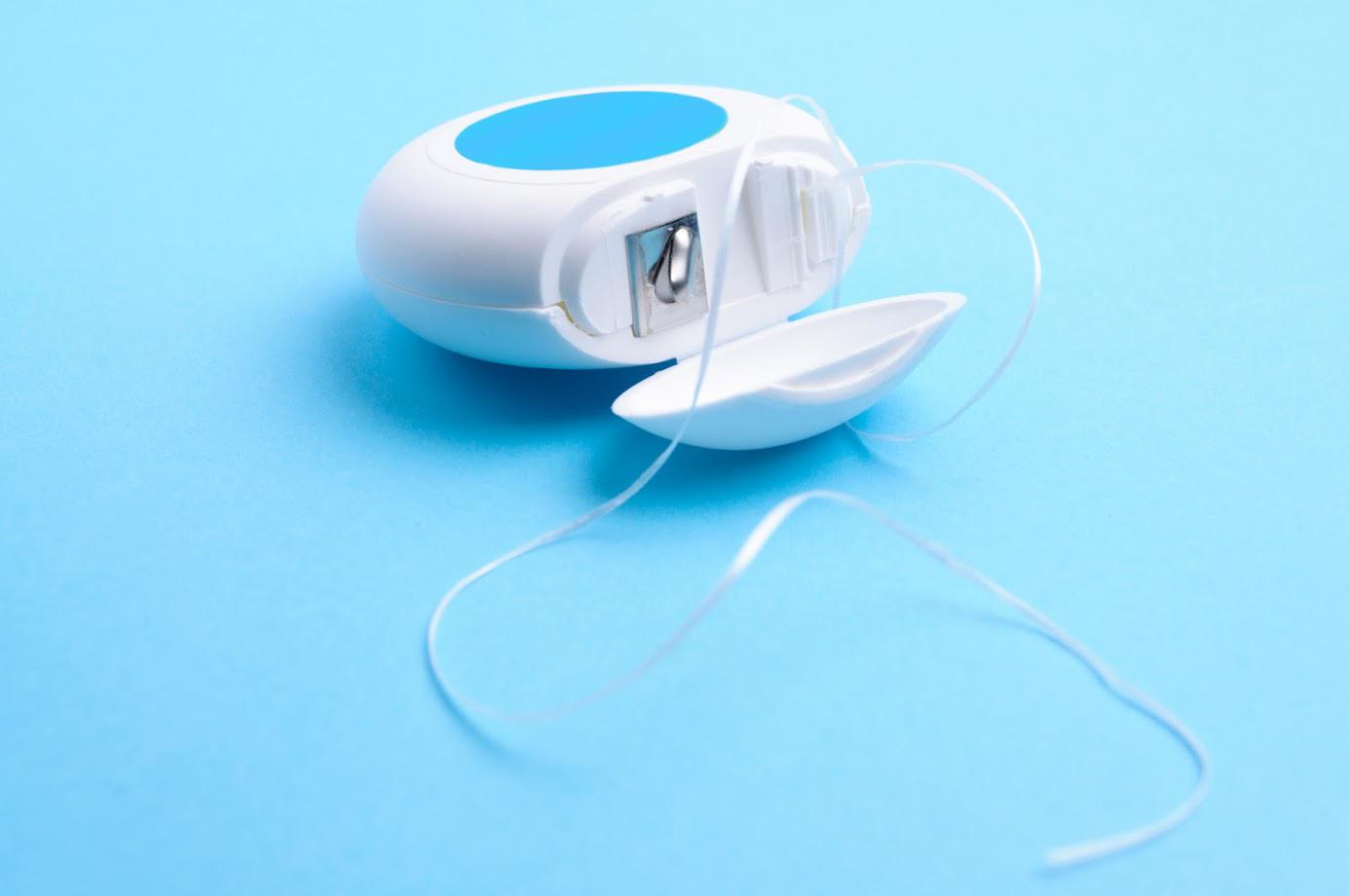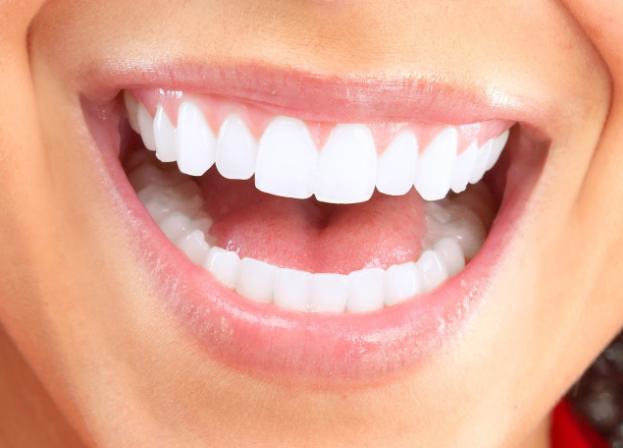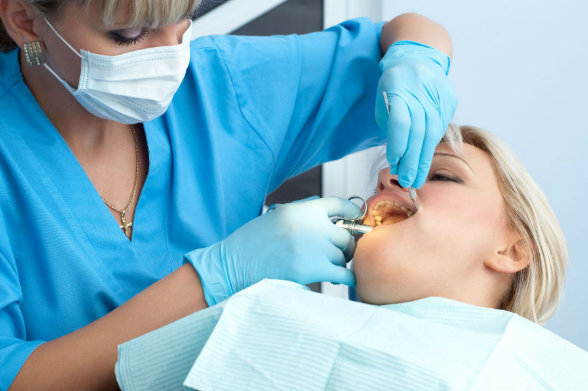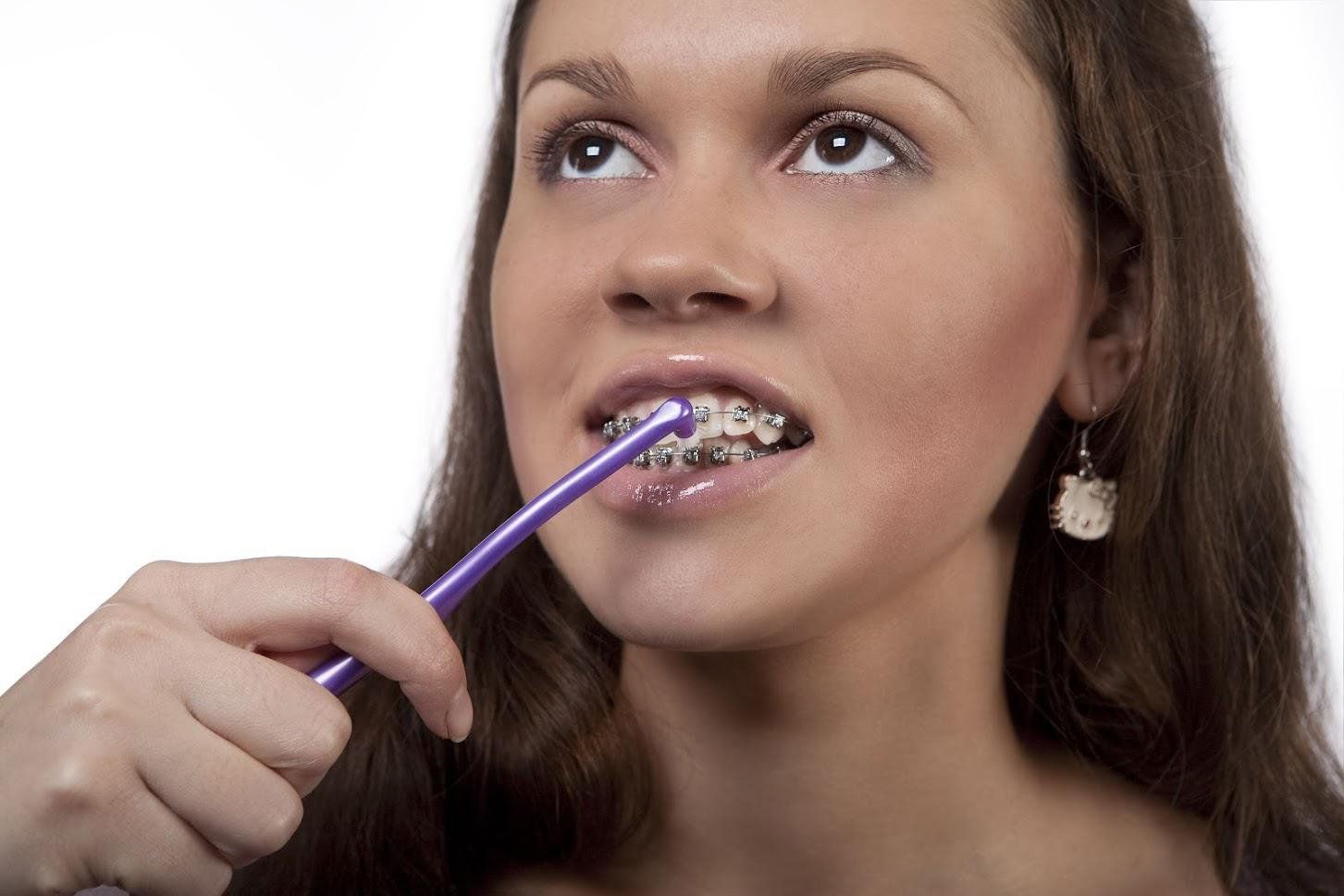Bruxism and Dental Alignment Issues
- By Admin
- •
- 07 Apr, 2020
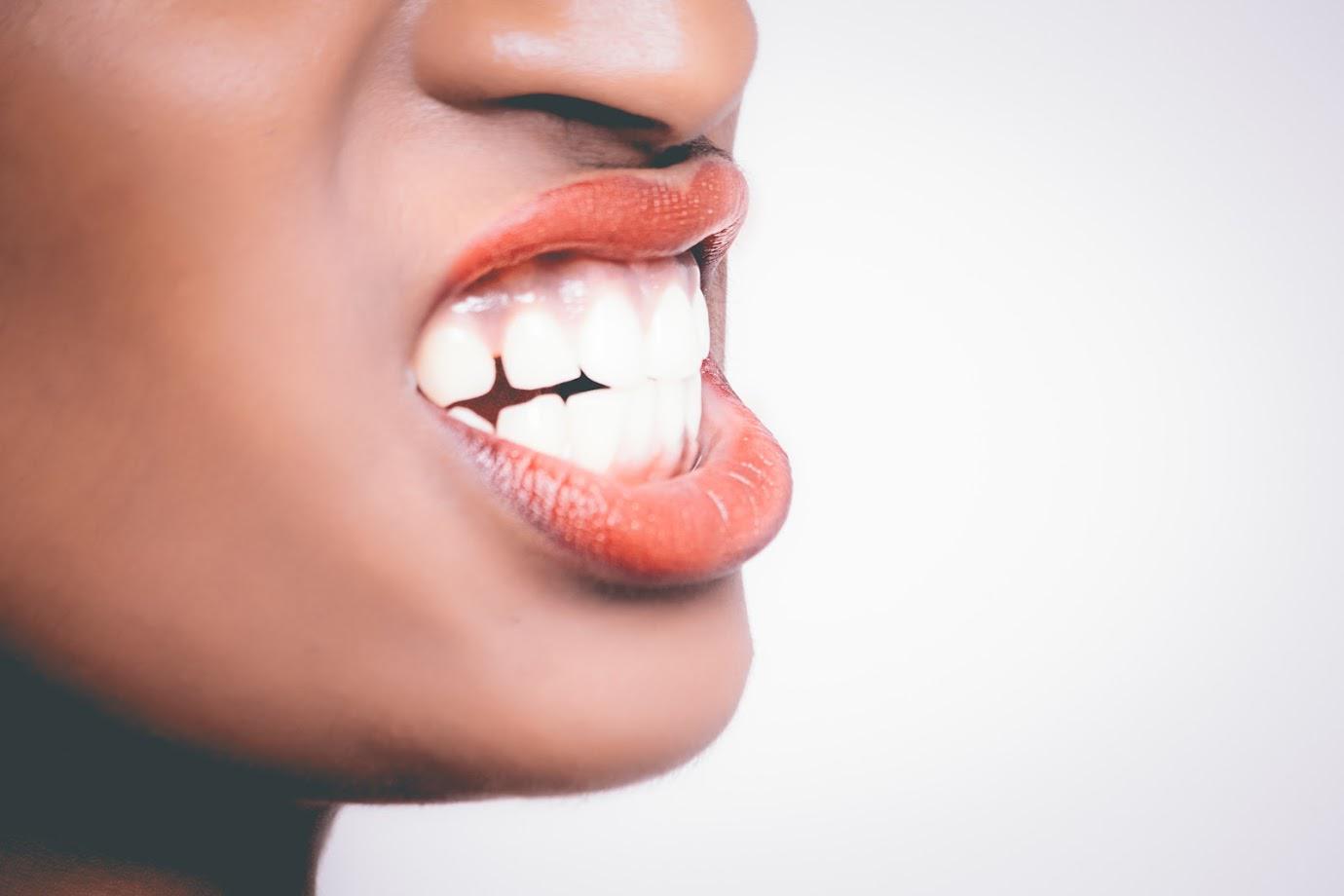
Compulsive, unconscious tooth clenching or grinding can create serious problems for your smile. This issue, known as bruxism, can wear down the biting and chewing surfaces of your teeth, make your enamel more sensitive, and increase your risks for tooth fractures and gum recession.
When your bruxism stems from a bite misalignment, you may face the double struggle of correcting your alignment issues while also protecting your teeth against further short-term damage. Here are some key points to bear in mind as you seek orthodontic solutions to your bruxism.
Bruxism Defined
People with bruxism clench or grind their teeth habitually or compulsively. They may engage in this behavior solely during sleep, or they may also clench or grind their teeth during daytime, consciously or unconsciously.
Bruxism can stem from a number of possible causes. For many individuals, emotional or mental stresses can manifest themselves physically in the form of jaw tension and grinding behaviors. Even when unconscious, arousal spikes during the sleep-wake cycle can include bruxism as a kind of movement disorder.
Some individuals have elevated risk factors for bruxism. If you drink heavily, smoke, consume caffeine, or struggle with unmanaged stress disorders, you may find yourself prone to bruxism. Conditions such gastroesophageal reflux disorder, epilepsy, sleep apnea, or Parkinson's disease can also lead to bruxism.
Bruxism and Malocclusion
Malocclusion, or bite misalignment, represents yet another potential cause of bruxism. If your upper and lower teeth do not mesh together easily or perfectly, the resulting discrepancy may promote obsessive clenching or grinding, as well as abnormal enamel wear that makes the mismatch even worse.
While science has yet to prove conclusively that malocclusion causes bruxism, some research has indicated a relationship between the two conditions. This relationship appears, not just in adults or older children with permanent teeth, but also in small children who still have their primary teeth.
Bruxism and Braces
Dentists may recommend a variety of conservative care techniques to combat bruxism as a starting point for treatment. You may need to learn to manage stress, for instance, or you may need to change your medication or dietary routine. Treatment for underlying disorders can also reduce bruxism.
If your bruxism seems directly related to a specific bite alignment problem, consider orthodontic treatment. Braces can gradually shift your upper and lower teeth into more optimal positions, permitting them to come together more normally. This improvement can ease chronic jaw tension and help prevent tooth damage.
If your teeth have already become irreversibly worn or damaged due to many years of bruxism, you may need to have the damaged teeth fitted with permanent crowns. These restorations can offer protection of their own while also giving you a more efficient bite.
Bruxism and Night Guards
Dentists often prescribe night guards for many individuals who suffer from bruxism. A properly-made night guard conforms to your specific dental alignment and tooth shape, absorbing the stresses that cause bruxism-related tooth damage. They can also help prevent any jaw slippage that might trigger sleep apnea.
The situation gets a bit more complicated if you already have braces or if an orthodontist recommends that you receive braces (either to treat your bruxism or simply to improve your tooth alignment). A night guard that doesn't accommodate your braces can cause pain while damaging wires and brackets.
For this reason, you shouldn't try to use a do-it-yourself night guard while you wear braces. You can indeed wear a night guard over a set of braces, but ask the dentist to create a custom device that conforms to your braces perfectly.
Bruxism and Corrective Surgery
Sometimes the misalignment that leads to bruxism originates not in the teeth, but in the jaws themselves. If your upper and lower jaws cannot come together properly, you may naturally suffer from tooth misalignment, jaw tension, and bruxism.
Even this source of bruxism can respond to treatment. You may choose to undergo corrective jaw surgery to overcome a severe case of bruxism. This kind of surgery involves moving the lower jaw forward, backward, or rotationally to allow for a symmetrical bite.
Take action to stop that destructive, uncomfortable clenching and grinding. Contact us to schedule a bruxism evaluation with Donald E. Snyder Orthodontics.
